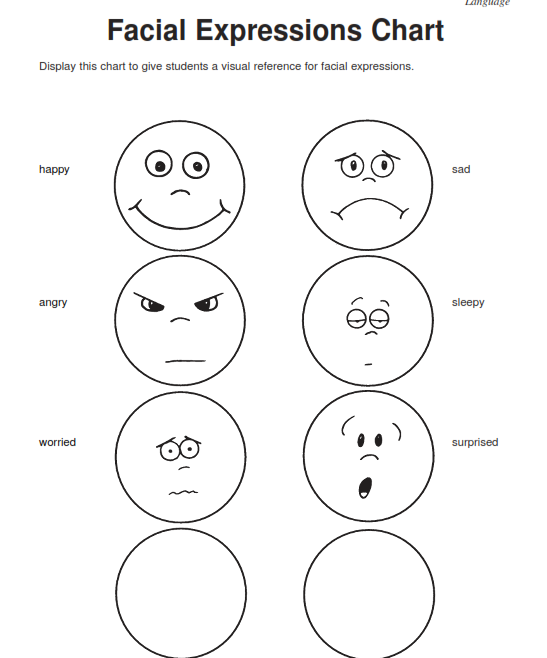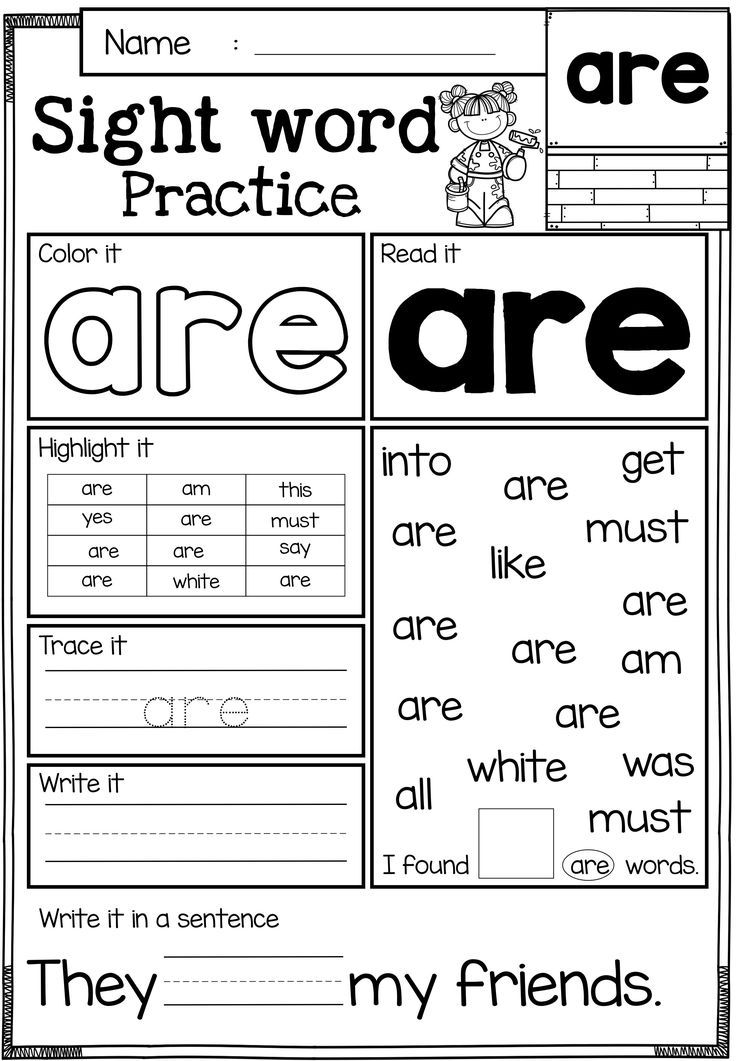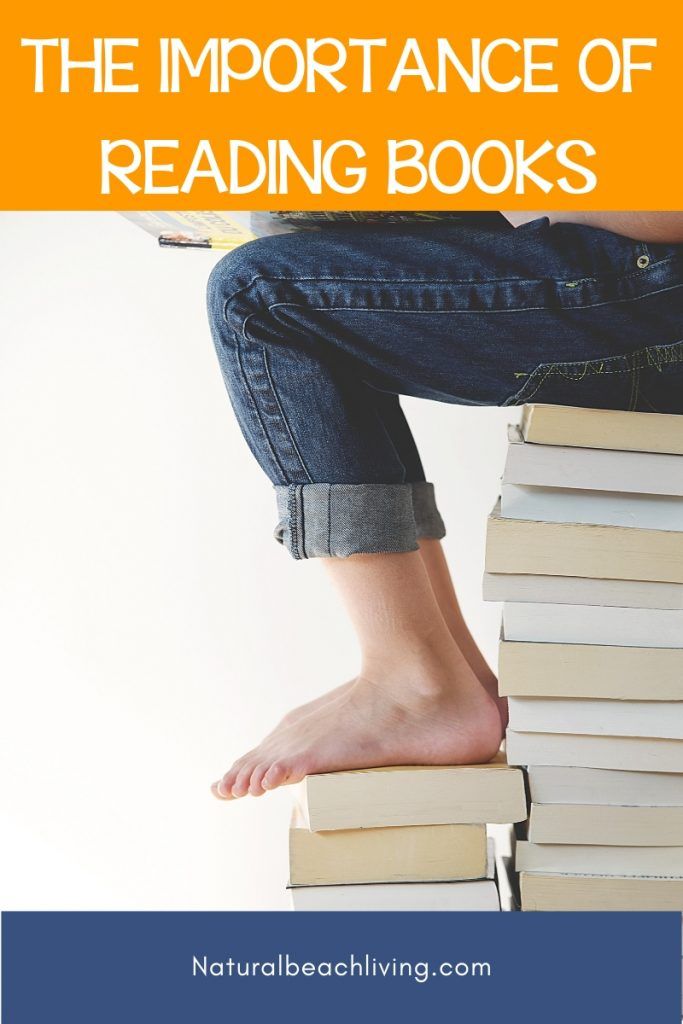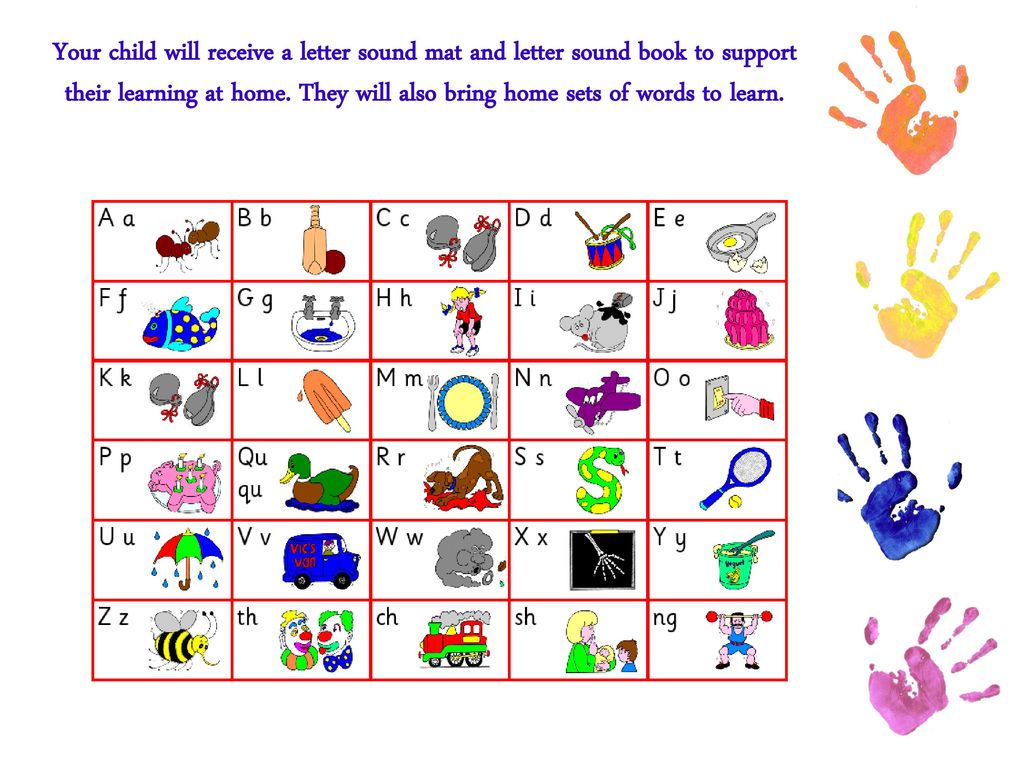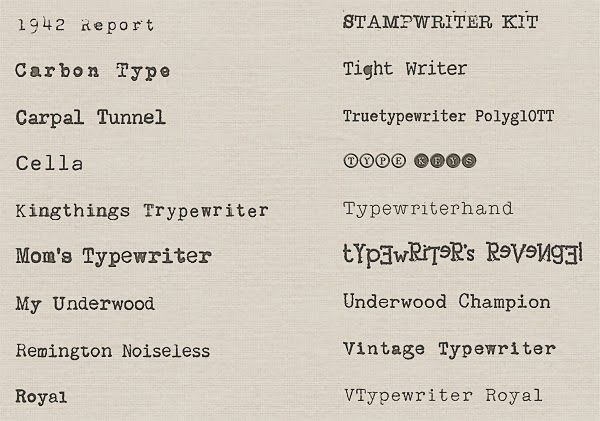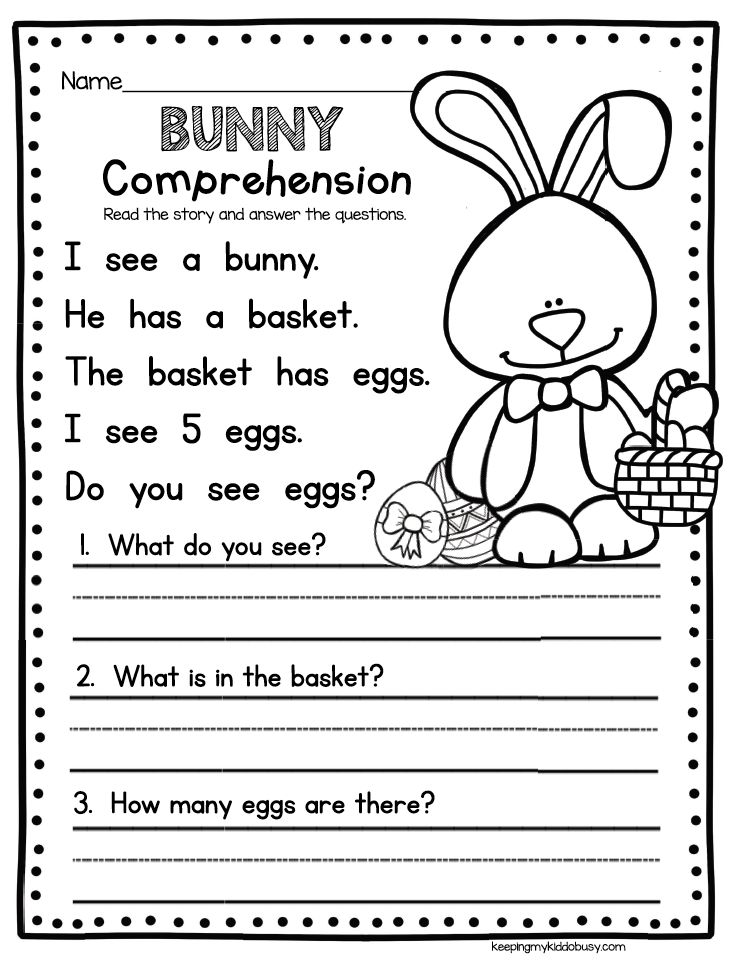Teaching feelings preschool
8 Fun Feelings Activities for Preschoolers
- Share
Early childhood is as much about developing a child emotionally as it is about building physical and intellectual capabilities.
These feelings activities for preschoolers bring art, songs, discussion and stories together, to help kids experience their emotions in practical ways.
How do you teach preschoolers about feelings?
As children progress through the stages of emotional development, they naturally learn to identify their feelings and express them in healthy ways.
Much of a child’s emotional development happens during play.
While children are playing dress-up or engaging in pretend play, they are imitating and acting out real-life scenarios, which are full of emotions.
Pretend play gives children a way to safely act out and practise big emotions such as fear, love, sorrow and anger.
However, parents and teachers can also find opportunities for teaching emotions to preschoolers by planning special feelings/emotions activities.
Here are a few ideas.
1. Mirror Emotions
Give children a hand-held mirror or stand in front of a large mirror. Ask them to explore their emotions in their reflections.
Ask them to make different faces. Start with easier emotions to identify, such as sad, happy and angry. Ask how their faces change as their emotions change.
Then, try to play with emotions such as boredom, excitement and worry. What do those faces look like?
Tell children to think of a cute puppy, running away from a lion, a very sad baby, or a big gift they are about to unwrap. How and why do their faces change?
2. Dance Your Feelings
Challenge kids to make up dances to show what various emotions feel like:
- A tired dance (use scarves, slow movements and sleepy faces to slow music)
- An angry dance (stomp around the room, making jerking movements with stern expressions to choppy music)
- An excited dance (jump around with lit-up faces and a happy tune)
Choose music to match the mood and try out different emotions.
As a variation, play different kinds of music and ask children to show you, through their dancing, how the music makes them feel.
3. Emotion Drawing
Ask kids to draw a picture that explains how they feel.
Do not direct this activity too much. Rather allow children to express themselves with their own creativity. Different children will find different ways of representing their emotions.
Another way to do this is to play music (use the music from the dancing activity above) and ask your child to draw how the music makes them feel.
Tip: use clues from movies to help you choose the sounds, such as a choppy violin that’s used when a shark is approaching, or a slow, classical song that creates a sad atmosphere.
4. How Would You Feel?
Have a discussion about feelings and ask kids how they would feel in various situations.
Here are some examples of questions about feelings:
- How would you feel if…?
- How did you feel when…?
- How does it make you feel when…?
- Tell me about a time when you felt really scared.
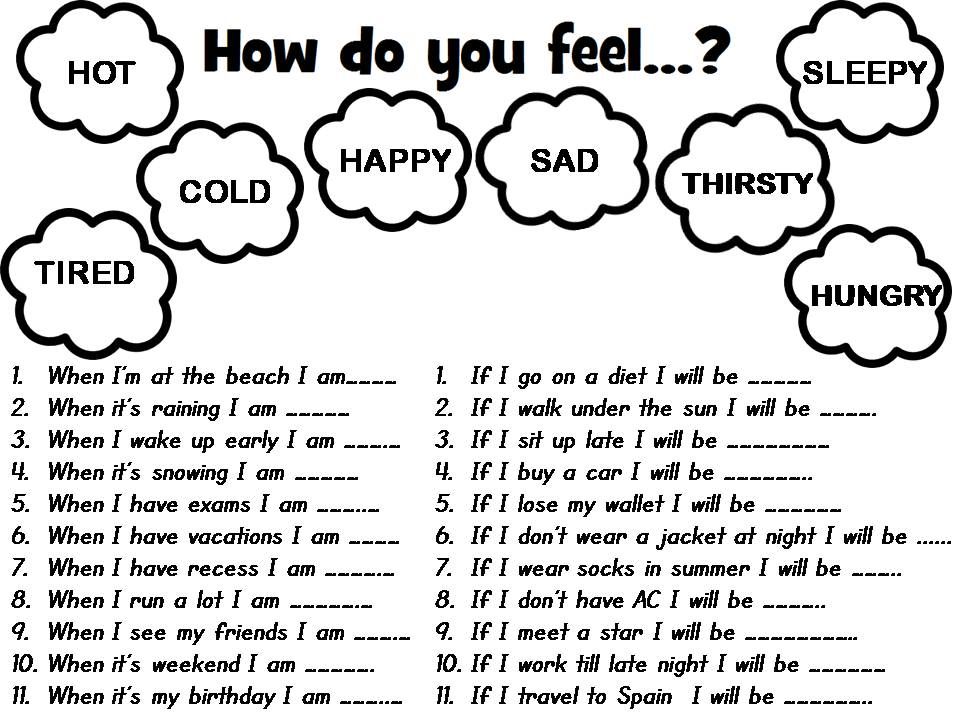
- What does mom do that makes you feel loved?
Learning to verbalize and express feelings is an important part of healthy development.
5. Paper Plate Faces
Creative art is a great way to make a physical representation of emotions.
One of the simplest emotions crafts for preschoolers is to make paper plate faces, depicting various emotions.
These can be turned into masks or you could attach a craft stick (or ice-cream stick) to the bottom and turn them into puppets for kids to use during their dramatic play.
6. Story Time
Story time is one of the easiest ways to incorporate teaching emotions. Books are filled with characters experiencing the full array of emotions and learning important life lessons.
As you read your stories in class or at bedtime, remember to ask questions about what the characters are feeling, why they are feeling that way, as well as how you would feel in the same situation.
7. Feeling Faces
Challenge kids to page through a magazine, or a storybook and identify faces that show strong emotions.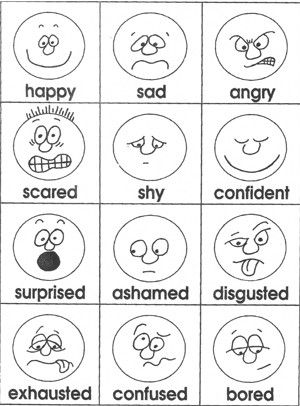 Animals’ emotions are also often clearly depicted in drawings.
Animals’ emotions are also often clearly depicted in drawings.
Cut out faces from a magazine and sort them into groups – happy faces, sad faces, angry faces, etc.
8. Emotion Songs
Music is an excellent medium for teaching skills in early childhood. These cute songs are all about emotions and kids will enjoy singing along to them.
If You’re Happy
This version of the popular song “If you’re happy and you know it” is by Super Simple Songs and it incorporates more emotions. Use these or make it up as you go along.
If you’re happy happy happy, clap your hands.
If you’re happy happy happy, clap your hands.
If you’re happy happy happy, clap your hands, clap your hands.
If you’re happy happy happy, clap your hands.
If you’re angry angry angry, stomp your feet.
If you’re angry angry angry, stomp your feet.
If you’re angry angry angry, stomp your feet, stomp your feet.
If you’re angry angry angry, stomp your feet.
If you’re scared scared scared, say, “Oh no!”
If you’re scared scared scared, say, “Oh no!”
If you’re scared scared scared, say, “Oh no!” say, “Oh no!”
If you’re scared scared scared, say, “Oh no!”
If you’re sleepy sleepy sleepy, take a nap.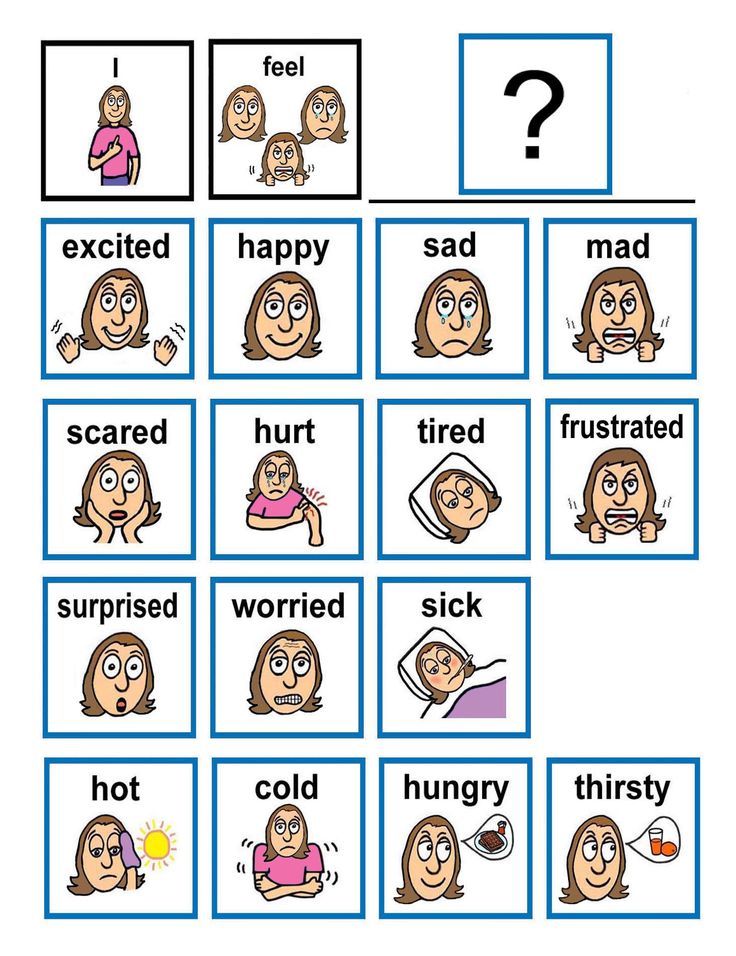
If you’re sleepy sleepy sleepy, take a nap.
If you’re sleepy sleepy sleepy, take a nap, take a nap.
If you’re sleepy sleepy sleepy, take a nap.
If you’re happy happy happy, clap your hands.
If you’re happy happy happy, clap your hands.
If you’re happy happy happy, clap your hands, clap your hands.
If you’re happy happy happy, clap your hands.
This is a Happy Face
This is a good song to introduce the topic of emotions and how our facial expression often reflects how we’re feeling.
You can listen to the tune here. Watch it and then play it in the background as you sing along and make the faces. It has great music to accompany all the emotions.
This is a happy face.
This is a happy face.
This is a happy face.
This is my happy face.
This is a sleepy face.
This is a sleepy face.
This is a sleepy face.
This is my sleepy face.
This is an angry face.
This is an angry face.
This is an angry face.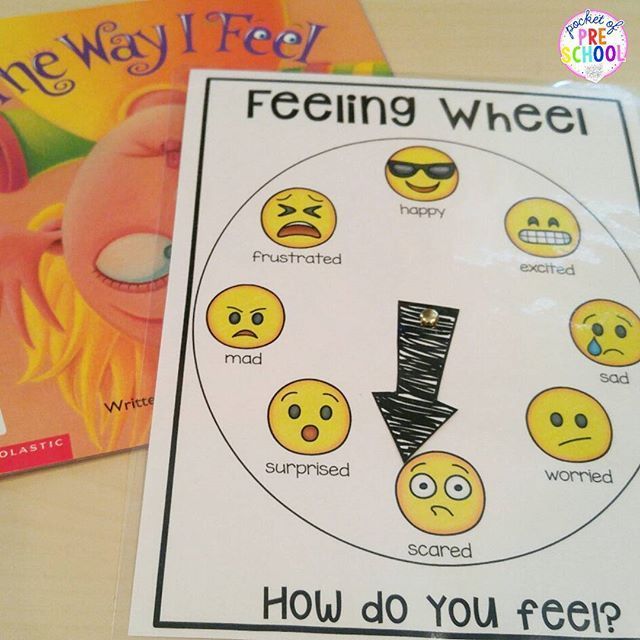
This is my angry face.
This is a surprised face.
This is a surprised face.
This is a surprised face.
This is my surprised face.
Happy. Sleepy. Angry. Surprised.
Happy. Sleepy. Angry. Surprised.
This is an excited face.
This is an excited face.
This is an excited face.
This is my excited face.
This is a sad face.
This is a sad face.
This is a sad face.
This is my sad face.
This is a nervous face.
This is a nervous face.
This is a nervous face.
This is my nervous face.
This is a silly face.
This is a silly face.
This is a silly face.
This is my silly face.
Excited. Sad. Nervous. Silly.
Excited. Sad. Nervous. Silly
“Now, let me see those faces!”
Show me your happy face.
Show me your sleepy face.
Show me your angry face.
Show me your surprised face.
Show me your excited face.
Show me your sad face.
Show me your nervous face.
Show me your silly face.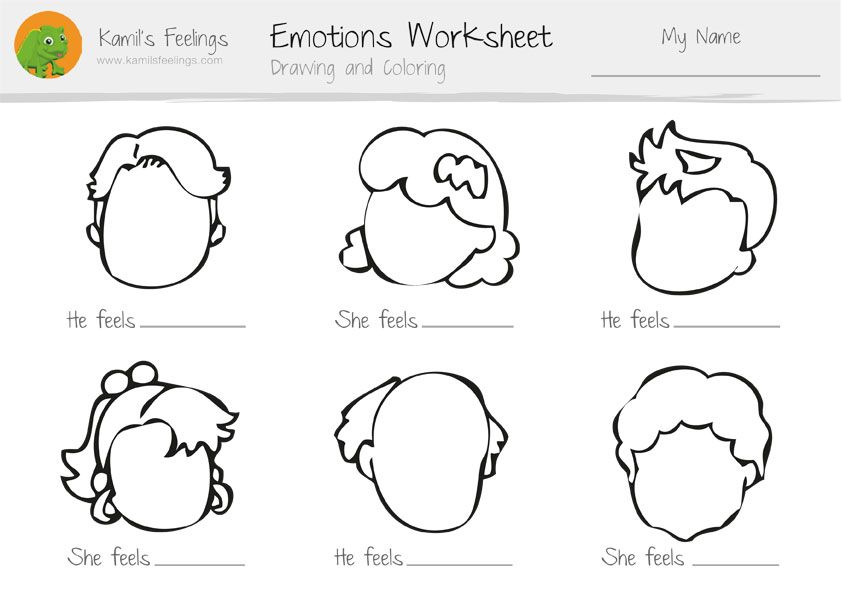
This is a happy face.
This is a happy face.
This is a happy face.
This is my happy face.
I hope you liked these simple emotions activities for preschoolers.
For more ideas, here are some social-emotional activities for preschoolers.
Get FREE access to Printable Puzzles, Stories, Activity Packs and more!
Join Empowered Parents + and you’ll receive a downloadable set of printable puzzles, games and short stories, as well as the Learning Through Play Activity Pack which includes an entire year of activities for 3 to 6-year-olds.
Access is free forever.
Signing up for a free Grow account is fast and easy and will allow you to bookmark articles to read later, on this website as well as many websites worldwide that use Grow.
- Share
45 Fun Social Emotional Activities for Preschoolers
Social-emotional learning is gaining traction in being recognized as an important part of early childhood curriculum.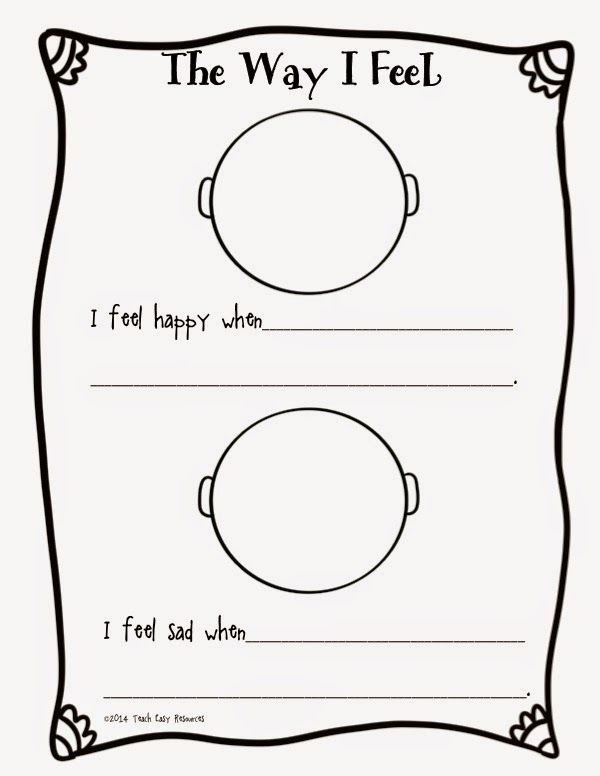 This type of learning is presented in the form of both one-on-one and group activities.
This type of learning is presented in the form of both one-on-one and group activities.
Social-emotional activities for preschoolers are wonderful tools to teach young children about their own emotions, as well as the emotions of others.
Below are some social-emotional activities that are great for the classroom, as well as the home.
1. Emotions Discovery Bottles
This set of emotions discovery bottles is Inside Out-themed, however, the set of bottles you make with your preschooler does not have to be. Have your child pick out the ingredients for each bottle and make corresponding faces to put on each one.
Learn more: Laly Mom
2. Feelings Check-in Chart
Making a chart about feelings is a helpful social-emotional tool for preschoolers. You can hang it in your classroom and, throughout the day, accompany students to the chart to practice identifying their feelings.
Learn more: Pre-K Pages
3. Stomping Out Big Feelings with Dinosaurs
Stomping out dinosaur-size feelings is a fun social-emotional activity that helps children identify their feelings and express them in productive ways.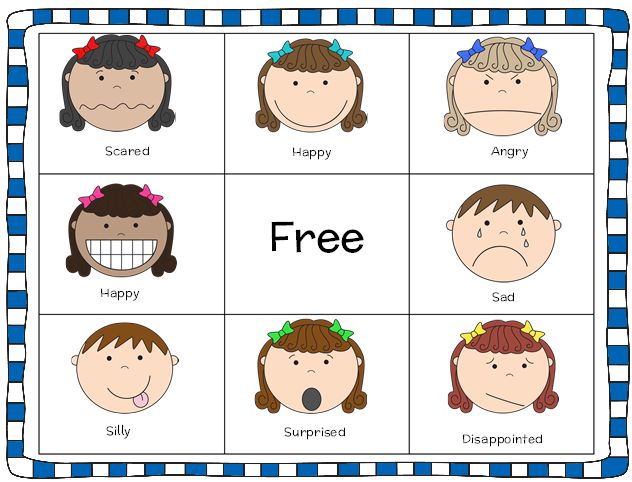 It's also a great proprioceptive activity, much like heavy work.
It's also a great proprioceptive activity, much like heavy work.
Learn more: The OT Toolbox
4. Setting Up a Calming Corner
You are probably familiar with calming corners/peace corners. They are areas in a classroom where preschoolers can go to have some quiet time - on their own terms.
Setting this area up with your students and sharing ideas on calming items and activities to use in the calming corner is a wonderful social-emotional activity.
Learn more: The Montessori-Minded Mom
5. Make a Set of Worry Dolls
Preschool-age children are not so different from adults in that some of them are worriers. Crafting a set of Worry Dolls is a great social-emotional activity that pairs well with the book, Silly Billy, by Anthony Brown.
Learn more: Happy Hooligans
6. Making Emo Dolls
Using cardboard rolls, preschoolers can help make these cute emo dolls. Each doll expresses a different emotion.
They can be used for role-playing by children to help them identify their own feelings and develop empathy for the feelings of others.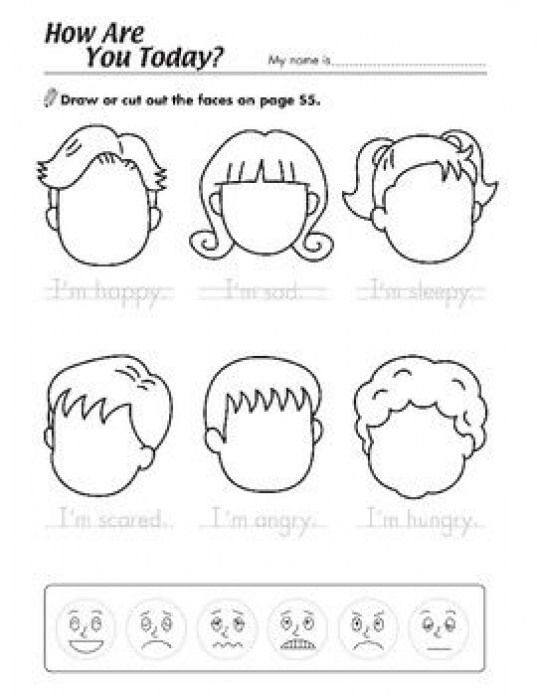
Learn more: Danya Banya
7. People Playdough Mats
This is a fun social-emotional activity for preschoolers. Using playdough, children get to make a person that represents them physically and assign emotions to them.
Viewing the facial expressions they make helps them identify their own emotions, as well as others.
Learn more: Picklebums
8. Make Emotions Masks from Paper Plates
Making emotion masks from paper plates is a fun idea that can help preschoolers express their own emotions and identify others' emotions. Since many young children are still in need of emotional vocabulary, this is a no-pressure, informal, and fun way to introduce it.
Learn more: No Time for Flashcards
9. Talk About Emotions During Morning Circle
Morning circle is an opportunity to talk about the date, weather, what's going to happen during the day, and to do music and movement activities. It's also the perfect time to talk about emotions and come up with some healthy strategies students can use throughout the day.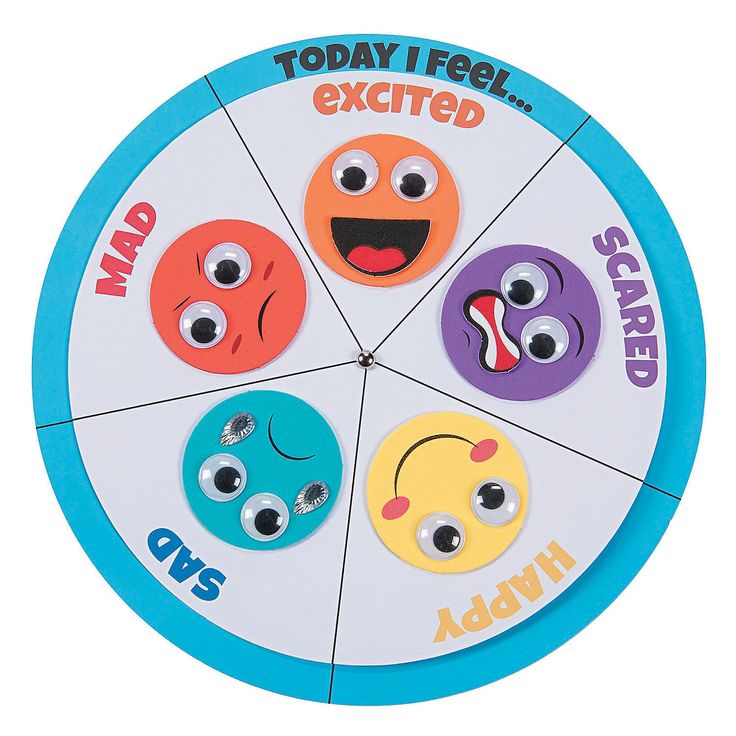
Learn more: No Time for Flashcards
10. Calming Sensory Bins
Sensory bins are a great social-emotional tool for preschoolers. They provide sensory feedback that can have a calming effect on young kids.
Preschoolers can visit a sensory bin on their own when they are feeling overwhelmed or in groups where they can talk with each other about how the bin activity makes them feel.
The lavender sensory bin linked below is just lovely.
Learn more: The Chaos and the Clutter
11. Story Telling Social Stories
Preschoolers have active imaginations and they love telling stories. Storytelling is introduced in the early childhood learning environment to help prepare children for reading.
It's great for social-emotional learning, as well.
Learn more: How We Learn
12. A Sticky Cutting Tray of Emotions
Cutting trays are appealing to preschoolers - an unrestricted space where they can cut and create.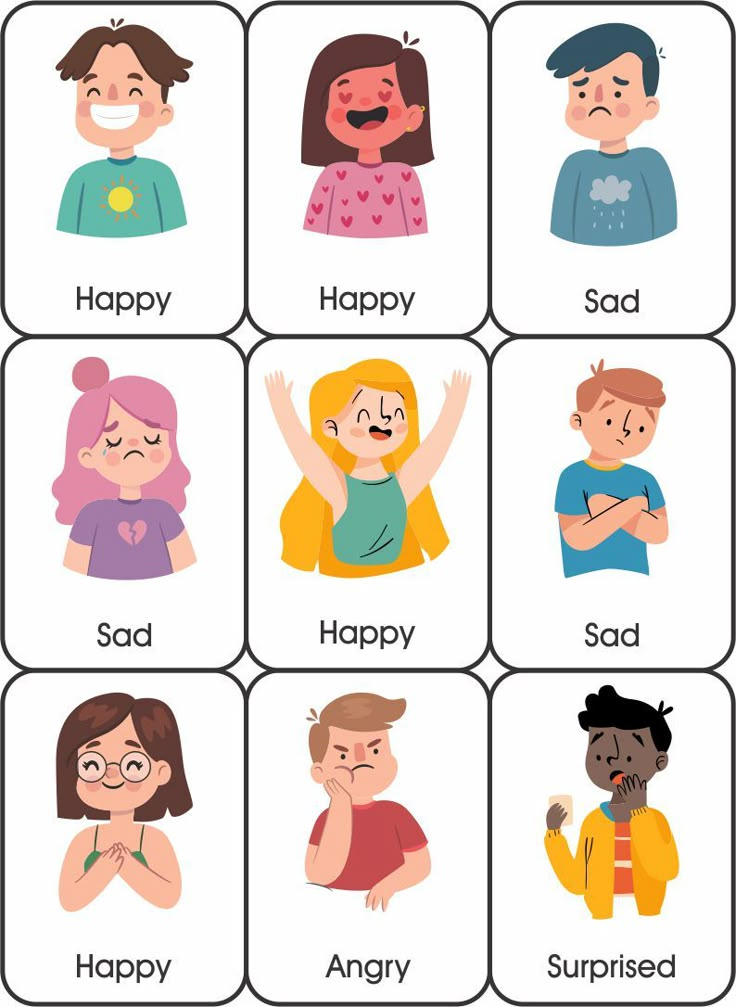 Add a social-emotional aspect to your students cutting trays by giving them magazines with close-ups of faces for them to cut out and reconstruct.
Add a social-emotional aspect to your students cutting trays by giving them magazines with close-ups of faces for them to cut out and reconstruct.
Learn more: Picklebums
13. Feeling Matching Game
Playing a matching game with feelings cards put a social-emotional spin on the classic game of memory. There is room for teachers to get creative with the "feelings challenge" when preschoolers make a match.
Learn more: Kiddie Matters
14. Emotions Guessing Game
This emotions guessing game is a lot of fun. It helps develop social-emotional skills in large or small groups.
After practicing with this game, preschoolers will be able to more confidently and accurately identify their own emotions, as well as the emotions of others.
Learn more: Childhood 101
15. Emotions Sorting Mats
Presenting an "emotions sorting mat" to preschoolers helps them better understand that different emotions can present in a variety of ways, but still be recognizable.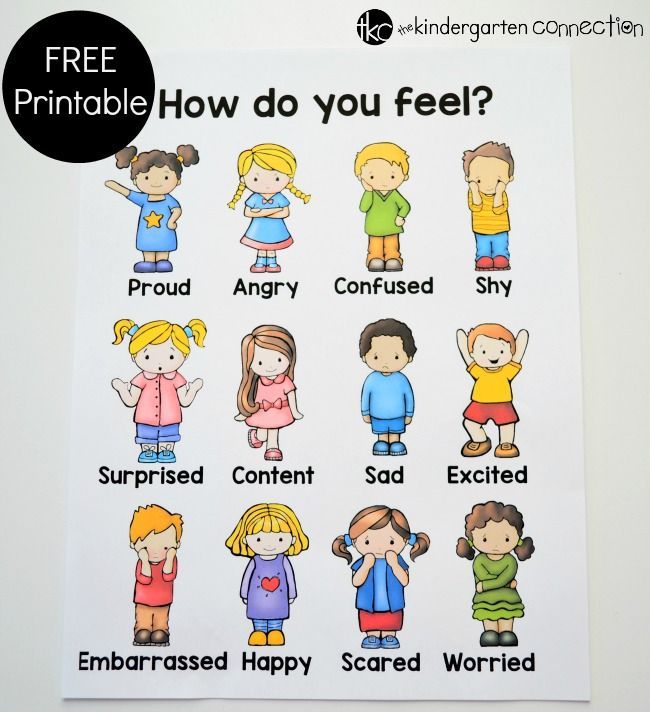
Learn more: File Folder Heaven
16. Play "Catch" a Feeling
This activity is so much fun and it's also incredibly easy to set up. All you need is an inflatable beach ball and a marker.
Learn more: Pam Dyson
17. Social-emotional Board Game
Making a social-emotional board game is a way for teachers and parents to get creative, as well as focus on the emotional skills with which their preschoolers are struggling.
Learn more: Kristina Marcelli
18. Emoji Feelings Faces
Using emojis to express emotions is an internet trend that seems to be here to stay. These cute little faces are actually great social-emotional learning tools for kids, too.
Learn more: Kiddie Matters
19. Happy and Sad Face Sorting
Sorting faces based on emotions is a fun social-emotional activity that helps preschoolers identify social cues and learn empathy. It also helps children understand that not every expression of negative emotion involves crying.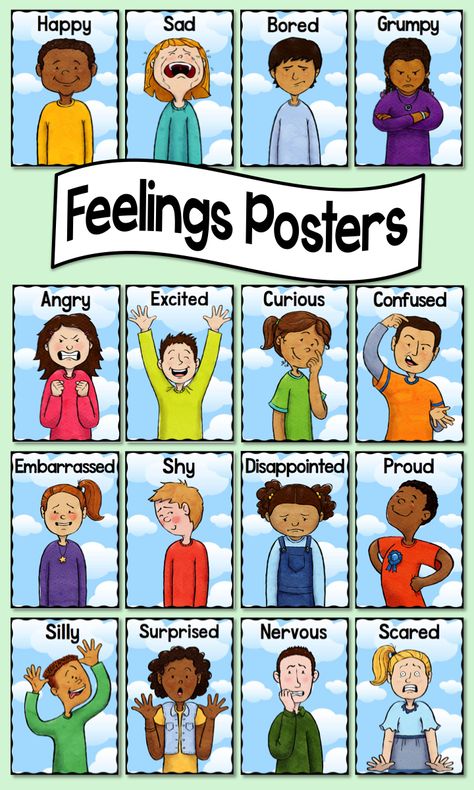
Learn more: Having Fun at Home
20. Paper Plate Feelings Spinner
This is a neat social-emotional activity for preschoolers. Making a paper feelings spinner starts out as a fun craft and ends up as a social-emotional tool that can be used again and again.
Learn more: Meaningful Mama
21. Color By Emotions by Code
Coloring emotions by code is a fun activity that helps children develop fine motor skills and learn colors - all while teaching them how to identify and name their own emotions.
Learn more: Frogs and Fairies
22. Scribble Art
Scribble art is a social-emotional activity that gives children the chance to identify, name, and express their emotions all at once.
Learn more: The Art of Education
23. Mega Block Feelings
Making Mega Block feelings is an extremely simple activity to set up. Preschoolers can match facial features to create emotional expressions.
Learn more: Twitchettes
24.
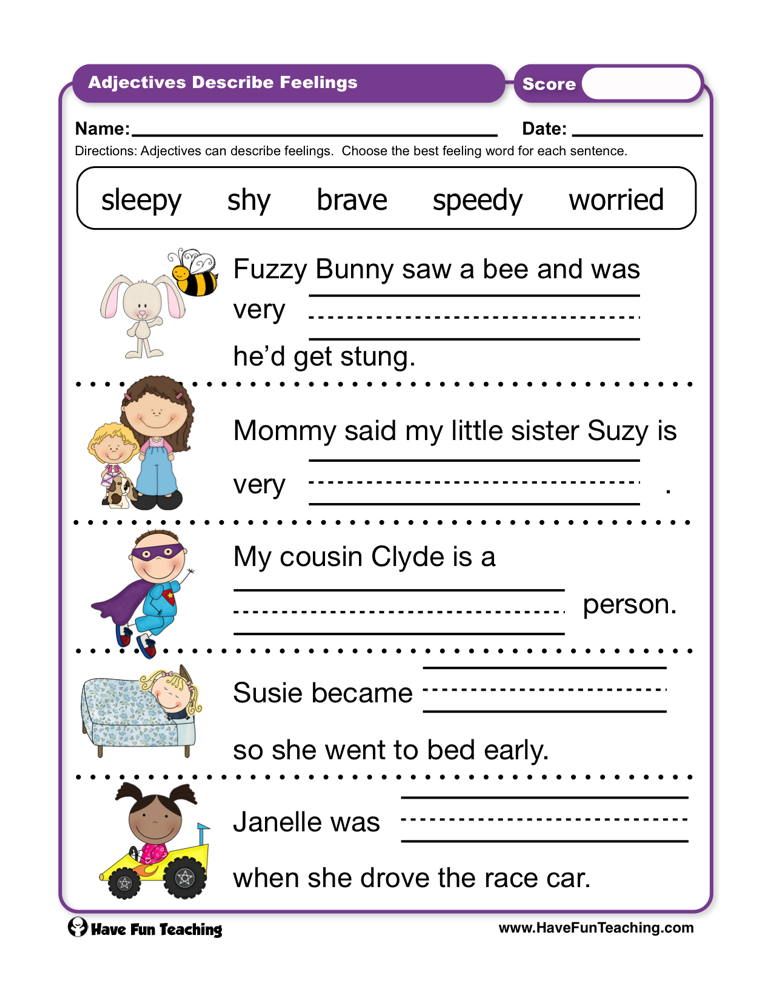 Story Stones
Story Stones Story stones have a lot of opportunities for social-emotional activities for preschoolers. One such activity is painting facial expressions and having preschoolers piece together faces and name the corresponding emotion.
Learn more: Where Imagination Grows
25. Create a Flipbook
Preschoolers have a difficult time understanding that emotions are fluid - that they can be sad, but not be a "sad person". Creating a flipbook that lets young children identify the feelings they are having at the current moment can help them understand this concept and apply it to others.
Learn more: The Mad House Mummy
26. Make a Thumbs Up, Thumbs Down Jar
A thumbs-up, thumbs-down jar is a really neat activity that helps preschoolers consider how their actions can make other people feel in a fun, no-pressure, no-shame way.
Learn more: Things to Share and Remember
27. Making a Self-portrait
This is another fun self-portrait activity.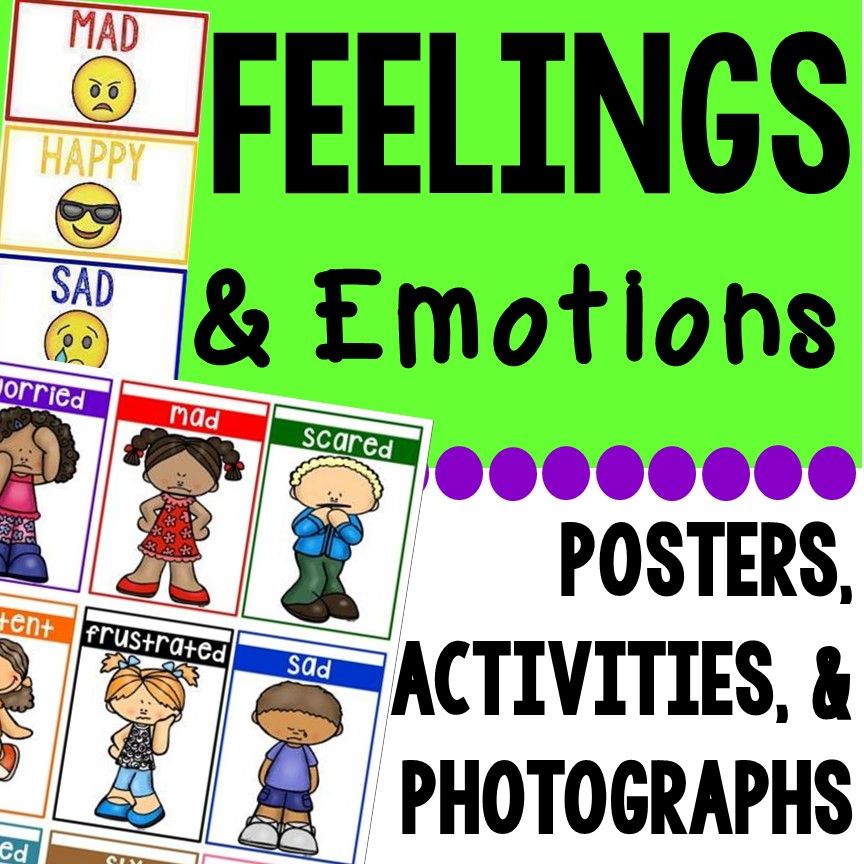 This one has preschoolers look in a desk mirror while they express an emotion. Then, they are to draw a portrait of themselves.
This one has preschoolers look in a desk mirror while they express an emotion. Then, they are to draw a portrait of themselves.
Learn more: Still Playing School
28. Fishing for Feelings
Playing a fishing game to learn social-emotional skills is a perfect idea for preschoolers. This game can be played in so many different ways and as a one-on-one activity, or as a group.
Learn more: Little Page Turners
29. Feelings Hop
Preschoolers benefit from social-emotional learning as much as they do from gross motor activities. Combining the two is a great idea for social-emotional activities for preschoolers.
Learn more: Kiddie Matters
30. Make a Feelings Jar
Making a feelings jar is a beautiful idea for teaching emotional regulation and social-emotional skills to preschoolers. This activity works well in groups or as a one-on-one activity.
Learn more: Mosswood Connections
31. Feelings Slap Game
This is a fun card game that teaches social-emotional skills by helping preschoolers identify and name different emotions.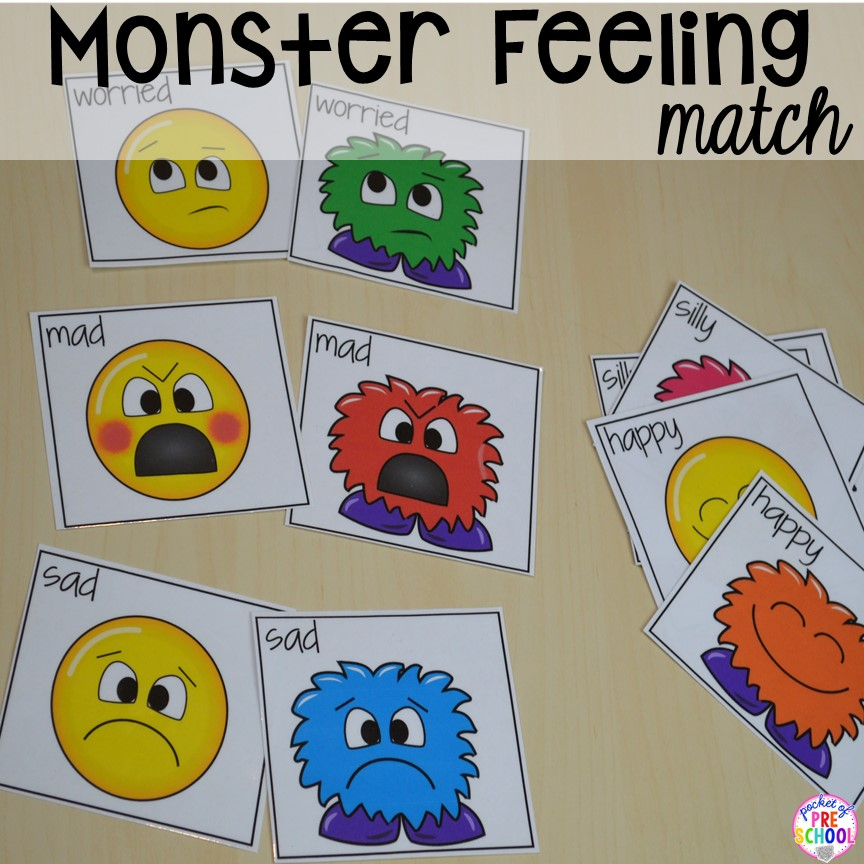 This game can be played in small groups or emotions can be called out to students at their spots on the rug.
This game can be played in small groups or emotions can be called out to students at their spots on the rug.
Learn more: Kiddie Matters
32. Rainbow Breathing
Improve focus, self-control, and mindfulness in the classroom while practicing breathing techniques that will also improve motor skills.
Learn more: The OT Toolbox
33. "I Can Show Kindness"
Worksheet with images that gives suggestions of ways students can show kindness in their home and community.
Learn more: Teachers Pay Teachers
34. The Gratitude Game
Using colored sticks or candies, students will choose a color, then have to express gratitude related to the color. It gets students to appreciate little things and others in their daily lives.
Learn more: Seattle's Child
35. Practice Social Interaction
Help kids learn how to work through specific social scenarios by using social stories to practice these interactions.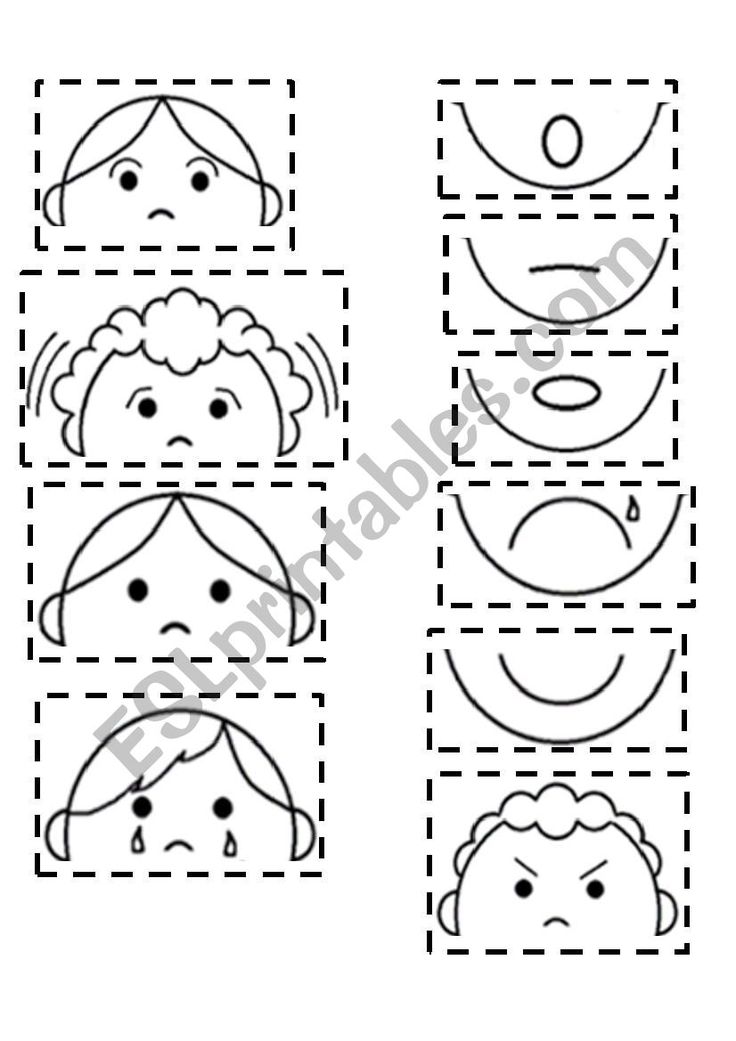
Learn more: Whimsy Workshop Teaching
36. Impulse Control Cards
Great for preschool children who are impulsive. This is a simple game that uses images and speech to "stop and think" before calling out the answer.
Learn more: The Dabbling Speachie
37. Good Friend
This sort and paste activity teaches students the difference between a good and a bad friend through concrete examples.
Learn more: Keeping My Kiddo Busy
38. Spatial Awareness Puzzle
Let students show their artistic expression while learning about spatial awareness. Using an outline of a simple shape and objects found in nature, children will create a puzzle that fits the objects inside the border.
Learn more: Little Pine Learners
39. Reading Body Language
This game uses images to help students identify the meaning of body language.
Learn more: Annie's Classroom
40.
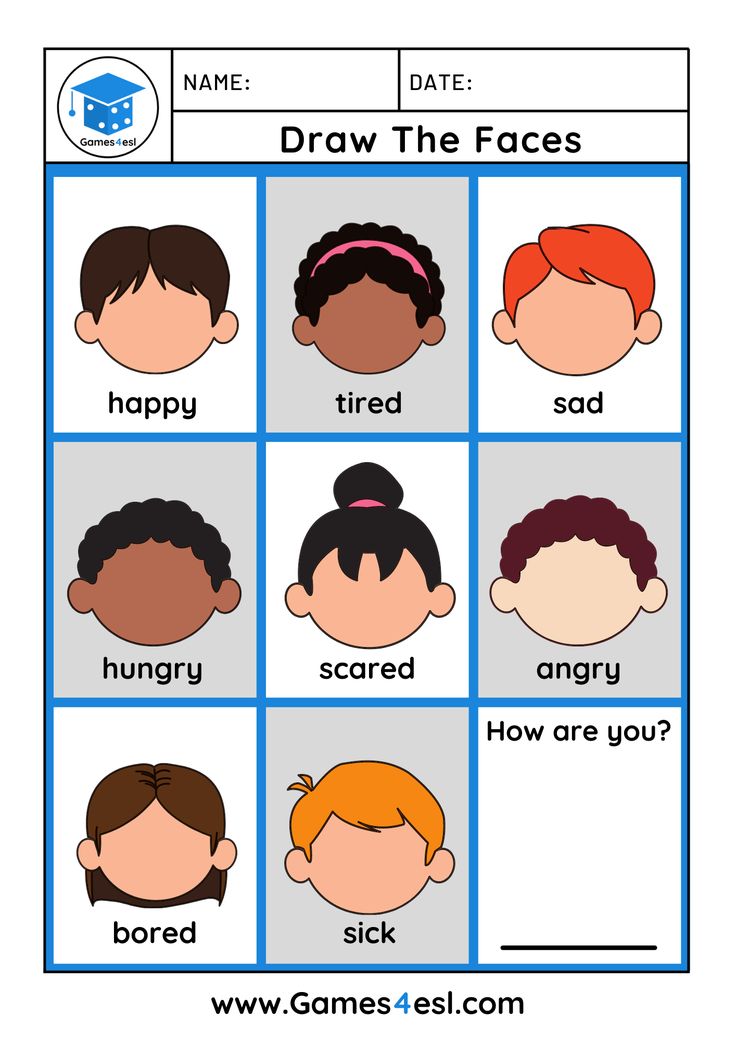 Calming Kit
Calming Kit Create a calming kit for children to use when they are upset. The kit will teach them how to self-regulate and build calming skills for when an undesirable feeling comes.
Learn more: Perfection Pending
41. Learn Through Literacy
Teach children about the concept of charing through the read-aloud text, "The Doorbell Rang", which also introduces them to basic math skills.
Learn more: Pre-K Pages
42. Identify Body Feelings
Children identify an emotion and then use images to relate it to how it makes their bodies feel. It helps students not only be conscious of their emotions, but also aware of how their body reacts.
Learn more: The Responsive Counselor
43. Alphabreathes
This book is a fun way to teach a variety of breathing strategies to students created by a psychologist and appropriate for toddlers. It relates the different strategies to a familiar object and letter of the alphabet.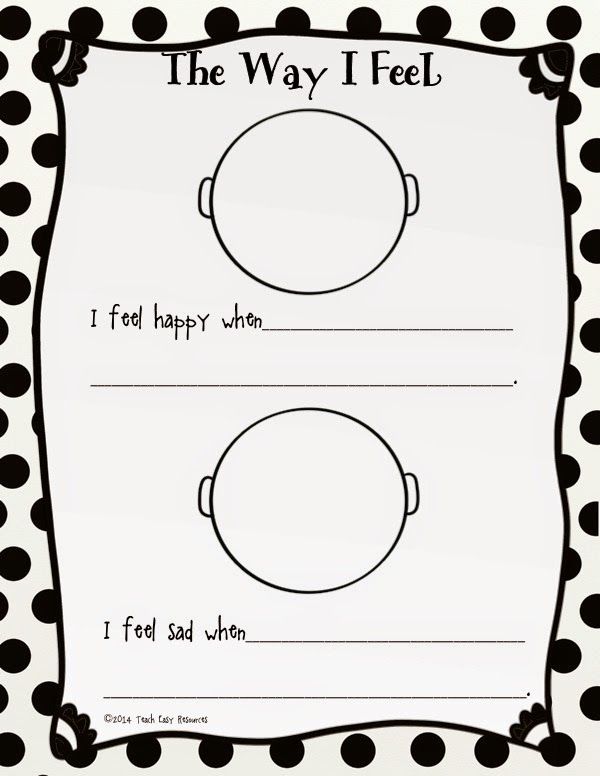
Learn more: Mindful Schools
44. Puppet Play
Children learn about strong emotions through interactions between the puppets. You can also have them create their own puppets that they identify with.
Learn more: Raising Children
45. Build A Flower Emotions
Support students in identifying different emotions by using this adorable sort and match game.
Learn more: Frogs and Fairies
Frequently Asked Questions
What are some social-emotional activities?
The above list has many great social-emotional activities. In addition to the above activities, role-playing with a caregiver also teaches many important social skills and emotional skills.
How do you teach emotions?
Emotions can be taught in many ways. Books, conversations, and social-emotional activities are all great ways to teach emotions.
What are examples of social activities?
Social activities are activities such as group art projects, pretend play involving serving or helping, and circle time group activities.
MBOU Odintsovo Lyceum No. 2 preschool department
Senior teacher Dzhula Elena Petrovna
The problem of the development of the child's emotional sphere currently attracts many scientists. This is due to the fact that the current generation of children is brought up in special conditions, in a situation of social, economic and political instability, a change in psychological and pedagogical attitudes towards the upbringing and education of preschoolers, and the modernization of the education system. Therefore, the results of many years of research by scientists (K. Izard, V. K. Vilyunas, A. D. Kosheleva, etc.), who dealt with this problem, do not allow today to fully reflect the change in the social order for the development of certain aspects of this problem. One of these aspects is methodical work in kindergarten to provide conditions for the emotional development of preschool children. nine0003
The concept of emotions and emotional development
“The emotional development of a preschooler is one of the most important conditions for its education” A. V. Zaporozhets
The development of a child is closely interconnected with the peculiarities of the world of his feelings and experiences. Emotions, on the one hand, are an "indicator" of the state of the child, on the other hand, they themselves significantly affect his cognitive processes and behavior, determining the direction of his attention, the features of perception of the world around him, and the logic of judgments. nine0003
Often the words "emotion" and "feeling" are used as synonyms, while an emotion is a direct, temporary experience of some more permanent feeling. In the exact translation into Russian, “emotion” is emotional excitement, spiritual movement.
Emotions - a special class of subjective psychological states, reflecting in the form of direct experiences, sensations of pleasant or unpleasant, a person's attitude to the world, to people, the process and results of his practical activity. nine0003
In humans, the main function of emotions is that, thanks to emotions, we understand each other better, we can, without using speech, judge each other’s states and better re-adjust to joint activities and communication, to anticipate situations and events that have not actually occurred yet , based on ideas about previously experienced or imagined situations. According to the classification proposed by K. Izard, fundamental and derivative emotions are distinguished.
According to the classification proposed by K. Izard, fundamental and derivative emotions are distinguished.
K fundamental include: interest, joy, surprise, suffering, anger, disgust, contempt, fear, shame. The rest of the emotions are derivatives.
It should not be assumed that if there are more negative emotional states, then this means that positive emotional states have a smaller share in the general register of human emotions. A greater variety of negative emotions makes it possible to more successfully adapt to adverse circumstances, the nature of which is successfully and subtly signaled by negative emotional states. As a child grows and develops, changes occur in his emotional sphere. His views on the world and relations with others are changing, the ability to recognize and control his emotions develops. But by itself, the emotional sphere cannot develop. It needs to be constantly developed. So, young children are often “captured by emotions”, because they still cannot control their feelings, which can lead to impulsive behavior, complications in communicating with peers and adults. However, as they develop emotionally, they constantly develop the ability to realize and control their experiences, to understand the emotional state of other people, the arbitrariness of behavior develops, feelings become more stable and deep. nine0003
Emotional development in preschool age.
The emotional development of a preschooler is associated primarily with the emergence of new interests, motives and needs. Social emotions and moral feelings begin to develop intensively. The establishment of a hierarchy of motives leads to changes in the emotional sphere.
Identification of the main motive, to which the whole system of others is subordinate, stimulates stable and deep feelings. Feelings lose their situationality, become deeper in semantic content. An emotional anticipation is formed in a preschooler, which makes him worry about the possible results of his activity, to anticipate the reaction of other people to his actions. Gradually, the preschooler begins to foresee not only the intellectual, but also the emotional results of his activities.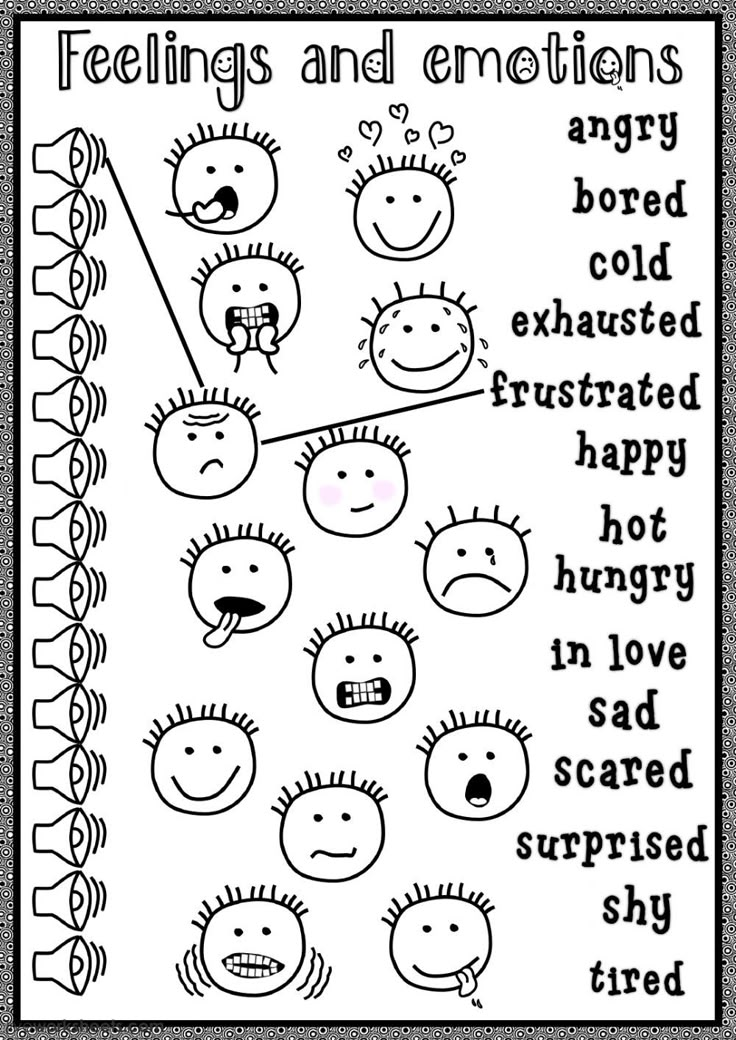 Assuming how happy mom will be, he gives her a gift, refusing an attractive game. nine0003
Assuming how happy mom will be, he gives her a gift, refusing an attractive game. nine0003
Also, changes in the emotional sphere are associated with the development of the cognitive sphere of the personality, self-awareness. The inclusion of speech in emotional processes ensures their intellectualization. The first attempts to restrain one's feelings, for example, their external manifestations - tears, can be seen in a child at 3-4 years old. The older preschooler begins to control the expression of emotions, influencing himself with the help of a word. So at preschool age, the child masters the highest forms of expression - the expression of feelings, with the help of intonation, facial expressions, pantomime. nine0003
In addition to vegetative and motor components, the structure of emotional processes now includes complex forms of perception, imaginative thinking, and imagination. The child begins to rejoice and grieve not only about what he is doing at the moment, but also in connection with what remains to be done.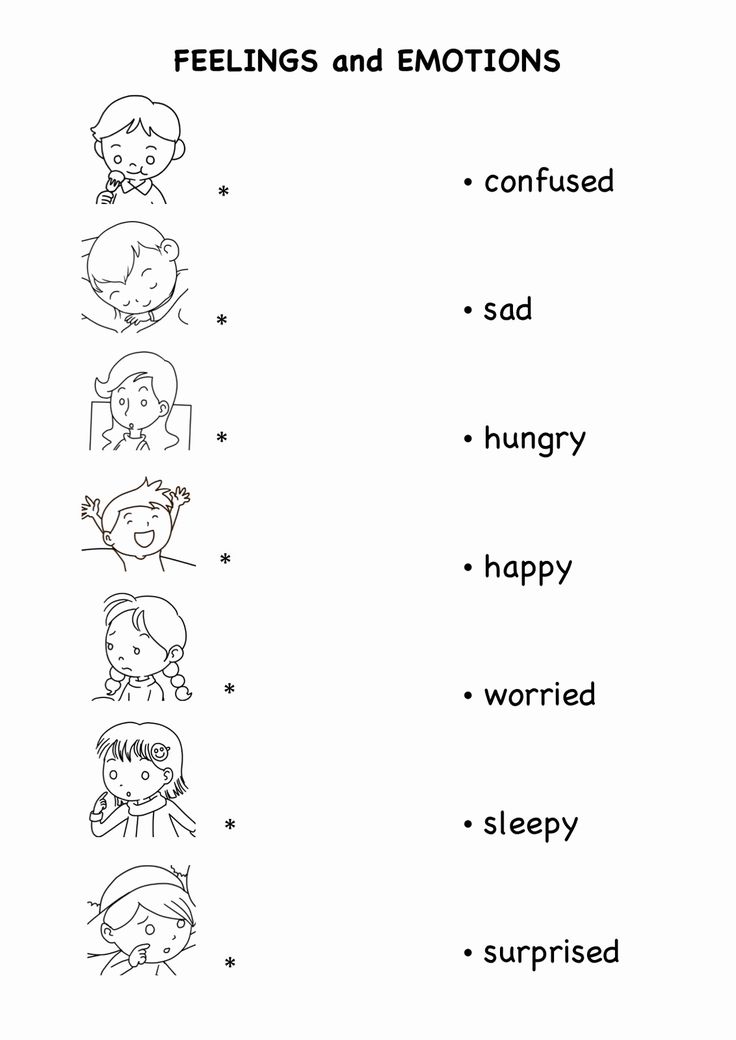 Experiences become more complex and deeper. At the same time, higher feelings are intensively developing: moral, aesthetic, cognitive.
Experiences become more complex and deeper. At the same time, higher feelings are intensively developing: moral, aesthetic, cognitive.
Relationships with loved ones are the source of humane feelings. A preschooler turns into a subject of emotional relationships, empathizing with other people. A powerful factor in the development of humane feelings is a role-playing game. In addition, new emotional experiences arise in labor activity: joy from overall success, satisfaction from the good performance of one's duties, dissatisfaction with one's bad work. On the basis of acquaintance of children with the work of adults, love and respect for it is formed. Preschoolers transfer a positive attitude towards work to their own activities. nine0003
Sympathy in preschoolers becomes more effective, manifesting itself as a desire to help, sympathize, share. Sympathy and sympathy encourage the child to commit the first moral deeds. A 4-5 year old child fulfills moral standards, showing a sense of duty, first of all, in relation to those with whom he sympathizes and sympathizes.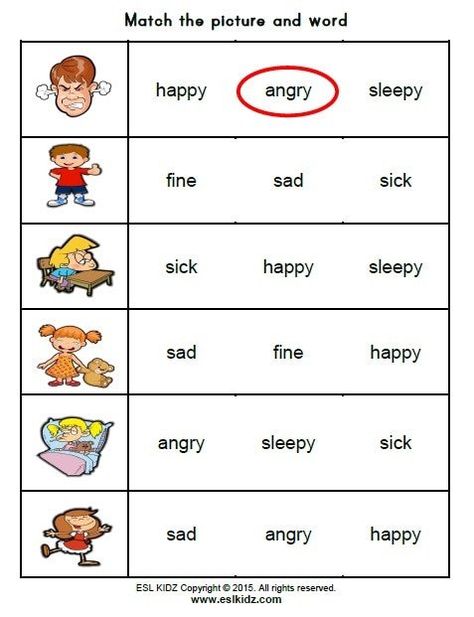 The first more or less complex manifestations of a sense of duty occur in children 4-5 years old. The child develops a moral consciousness, he is able to understand the meaning of the demands placed on him and relate them to his own actions and actions, as well as to the actions and actions of others. At the age of 5-7, a sense of duty arises in a child in relation to adults and peers, a preschooler begins to experience this feeling for babies. The most pronounced sense of duty is manifested in 6-7 years. The child realizes the necessity and obligation of the rules of social behavior and subordinates his actions to them. The ability to self-esteem increases. Violation of the rules, unworthy actions cause awkwardness, guilt, embarrassment, anxiety. By age 7, the sense of duty extends to a wider range of people with whom the child does not interact directly. Experiences are deep enough and persist for a long time. nine0003
The first more or less complex manifestations of a sense of duty occur in children 4-5 years old. The child develops a moral consciousness, he is able to understand the meaning of the demands placed on him and relate them to his own actions and actions, as well as to the actions and actions of others. At the age of 5-7, a sense of duty arises in a child in relation to adults and peers, a preschooler begins to experience this feeling for babies. The most pronounced sense of duty is manifested in 6-7 years. The child realizes the necessity and obligation of the rules of social behavior and subordinates his actions to them. The ability to self-esteem increases. Violation of the rules, unworthy actions cause awkwardness, guilt, embarrassment, anxiety. By age 7, the sense of duty extends to a wider range of people with whom the child does not interact directly. Experiences are deep enough and persist for a long time. nine0003
The development of camaraderie and friendship takes place long before children begin to understand their relationship with comrades in terms of moral standards.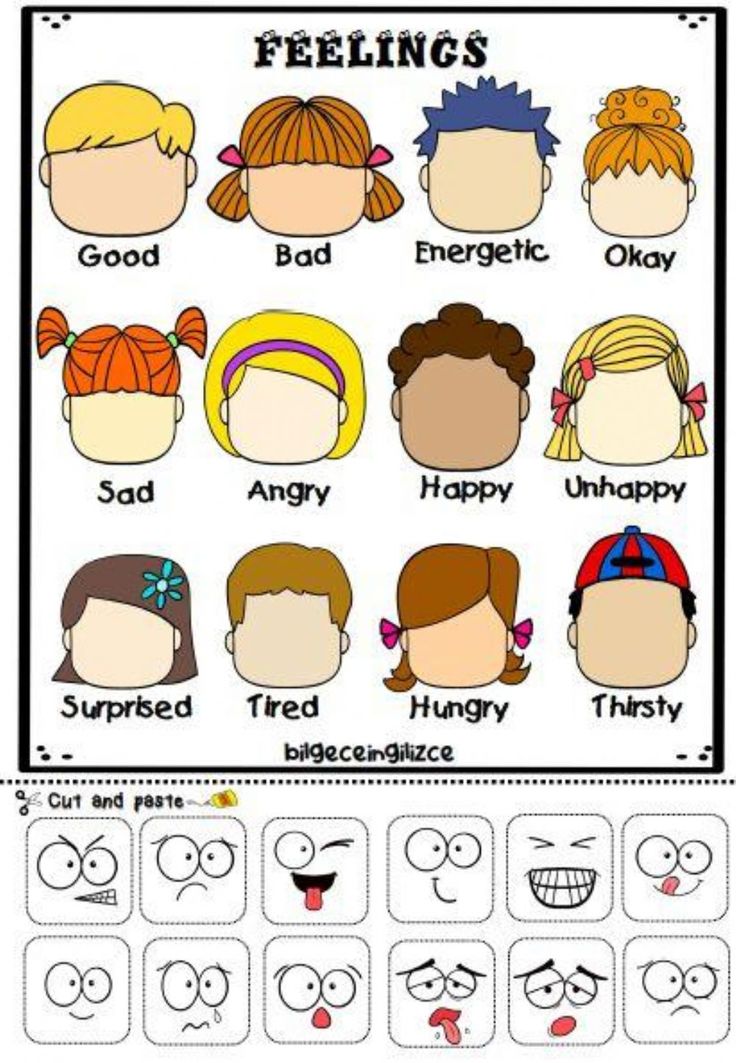 At the age of 5, the guys are dominated by friendship alternately with many children, depending on the circumstances. At the age of 5-7, the friendship of one child with many children is preserved, although paired friendship is more common and is characterized by deep sympathy. Older children play with those with whom they are friends based on sympathy and respect.
At the age of 5, the guys are dominated by friendship alternately with many children, depending on the circumstances. At the age of 5-7, the friendship of one child with many children is preserved, although paired friendship is more common and is characterized by deep sympathy. Older children play with those with whom they are friends based on sympathy and respect.
In addition to moral feelings, intellectual and aesthetic feelings develop at preschool age. The development of intellectual feelings of preschoolers is associated with the formation of cognitive activity. Joy when learning something new, surprise and doubt, bright positive emotions not only accompany the child's small discoveries, but also cause them. nine0003
The development of aesthetic feelings is associated with the formation of children's own artistic and creative activity and artistic perception. Aesthetic feelings of children are interconnected with moral ones. The child approves of the beautiful and good, condemns the ugly and evil in life, art, literature.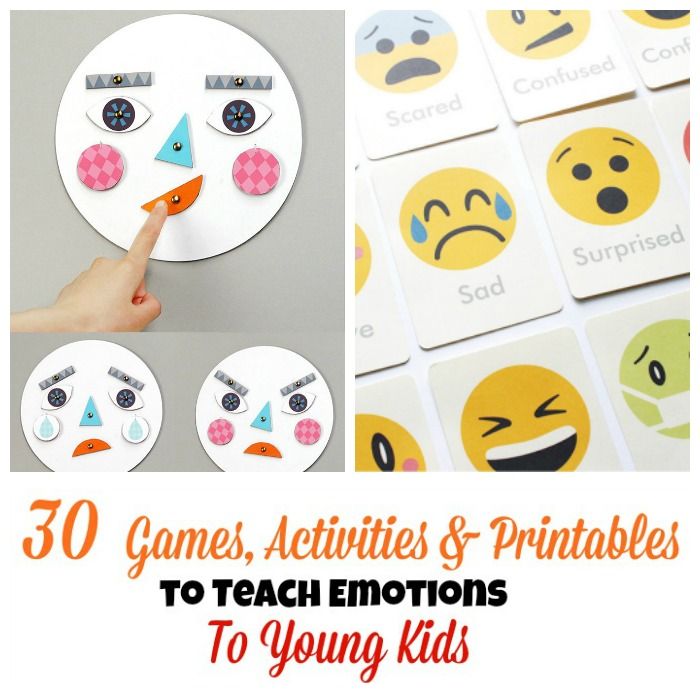
The child experiences the brightest positive emotions in a situation of comparing himself with a positive literary hero, actively empathizing with him. The preschooler makes such a comparison only mentally and with confidence that in a similar situation he would have acted the same way. Therefore, there are no negative emotions towards the character. nine0003
Let's summarize the results of emotional development at preschool age :
- the child masters social forms of expression of feelings;
- the role of emotions in the child's activity changes, emotional anticipation is formed;
- feelings become more conscious, generalized, reasonable, arbitrary, extra-situational;
- higher feelings are formed - moral, intellectual, aesthetic.
In order to properly organize the work on the development of emotions in preschool children, it is necessary:
analyze diagnostic and developmental methods, software and methodological support for the development of emotions in preschool children;
identify the level of emotional development of preschool children and assess the activities of teachers in the emotional development of children;
develop a plan of work with children and teachers and the content of activities aimed at improving the effectiveness of the emotional development of children.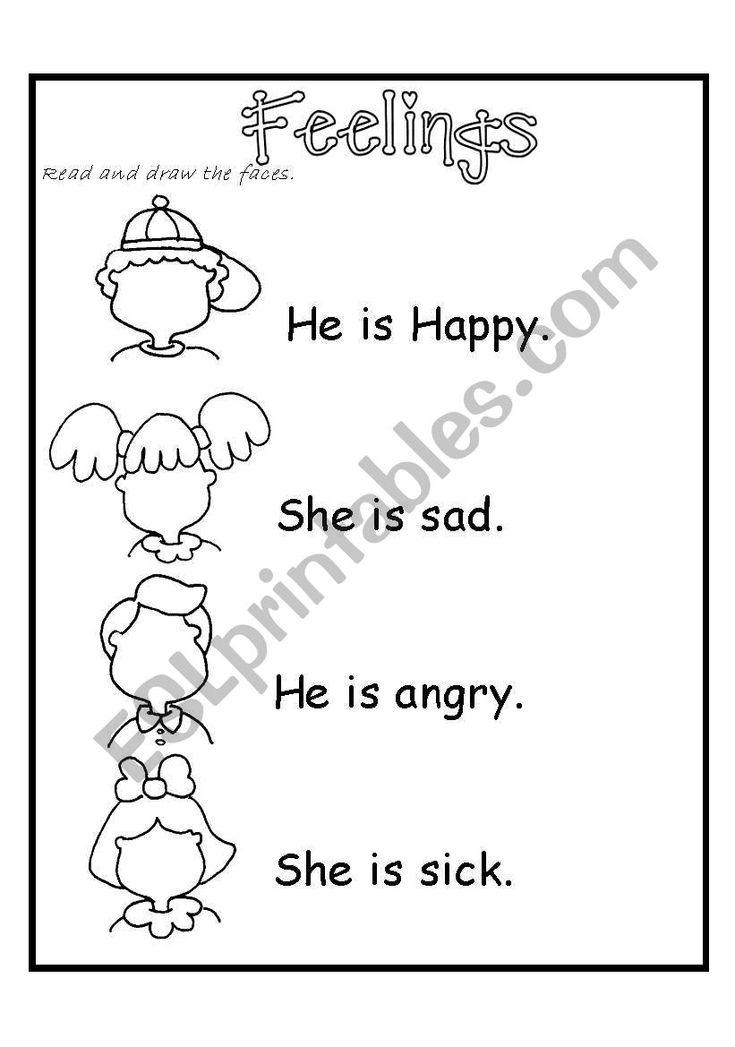
"Formation of patriotic feelings in preschool children" | Material:
"Formation of patriotic feelings in preschool children"
several
decades, so the teacher should
take care of the upbringing of their children
feelings of endless love for the Motherland.
VA Sukhomlinsky
The problem of educating the younger generation has always been one of the most important and urgent problems of society. This problem has become especially acute in our time. Modern life dictates the need to return to the priorities of love for the Fatherland. And this process should begin in preschool childhood.
Love for the motherland begins with small things - with love for one's family, for one's home. Constantly expanding, this love for the native turns into love for one's state, for its history, its past and present, and then for all of humanity. nine0003
Special responsibility for the formation of moral and patriotic feelings in children rests with the teacher of the preschool educational institution.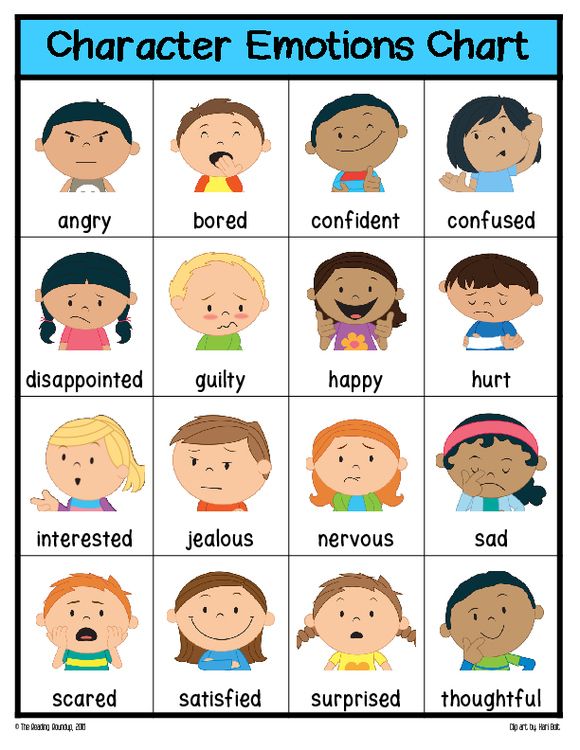 Because it is he, the educator, who will help our children to know and love their native land, Russian national traditions, customs, culture, history of Rus', will convey to the consciousness of children that they are carriers of Russian folk culture.
Because it is he, the educator, who will help our children to know and love their native land, Russian national traditions, customs, culture, history of Rus', will convey to the consciousness of children that they are carriers of Russian folk culture.
Purpose of my work Formation of patriotic feelings, introducing children to historical and spiritual values, fostering respect for cultural and national traditions. nine0003
To achieve this goal, the following tasks were set:
1. Formation of a sense of attachment to your home, kindergarten, friends in kindergarten, your loved ones.
2. Formation of a feeling of love for one's city, native land, one's small homeland on the basis of familiarization with one's native nature, culture and traditions.
3. Formation of ideas about Russia as a native country, about Moscow as the capital of Russia.
The main idea of my work is to create conditions for the development of ethical ideas, cultural behavior skills, humane attitude towards the world around us, love for one's family, home, city, Motherland, respect for people of different nationalities, war veterans, state symbols in preschoolers (anthem, flag, coat of arms of the Russian Federation). All of the above can be solved in all types of children's activities: in the classroom, in games, at work, in everyday life, as this brings up in the child not only patriotic feelings, but also forms his relationship with adults and peers. nine0003
The selection of the content of the work is based on the following main pedagogical principles:
Integrity - the work observes the unity of training, education and development, on the one hand, and consistency, on the other;
Humanization - a personality-oriented approach to education, taking into account age and individual characteristics, an atmosphere of goodwill and mutual understanding;
Active approach - any knowledge is acquired by the child during active activity;
Integration - this principle allows you to combine in one work aspects of such scientific and universal knowledge as music, drawing, etc.;
Cultural conformity - based on the values of regional, national and world culture; technologically implemented through a cultural-environmental approach to organizing activities in a children's association;
Age and individual approach - involving the choice of topics, methods of work in accordance with the subjective experience and age of children. nine0003
Work is carried out in two directions:
v Work with children;
v Work with parents.
To fulfill the tasks set, a long-term plan for patriotic education with children and forms of interaction with parents was developed.
A properly organized developmental object-spatial environment helps to implement the work on the moral and patriotic education of preschoolers, the group has a center for local history.
The design of the center contains the state symbols of Russia (flag, coat of arms, portraits of the heads of state, region, city, views of the sights of the native city (postcards, photographs, booklets)
The group has a book center with Russian folk tales, illustrations for them. There there are also books about the native land, thematic albums: family photo albums "My family", "My beloved city", "Streets of my city", "Costumes of the peoples of the world", "Famous countrymen", etc., a card file of outdoor games of the peoples of the world.
In the art center there are materials to introduce children to various types of fine, decorative and applied arts, didactic and educational games are selected; folders with silhouette modeling, various illustrated material on the topics Gzhel, Dymka, Khokhloma, Filimonovskie, Zhostovo, etc.
moral formation of the personality, expands the area of social and moral orientations and feelings of children, awakening love for their native land, Russia. nine0003
Of great importance in patriotic education is the active and diverse activities of preschoolers, since being a patriot means not only knowing and loving your country, but also actively working for its benefit. For this, various forms of work are used:
1. targeted walks, excursions;
2. conversations;
3. games;
4. reading fiction;
5. holidays, entertainment, leisure evenings, quizzes.
and, of course, the main form of patriotic education of children are thematic classes of a cognitive nature.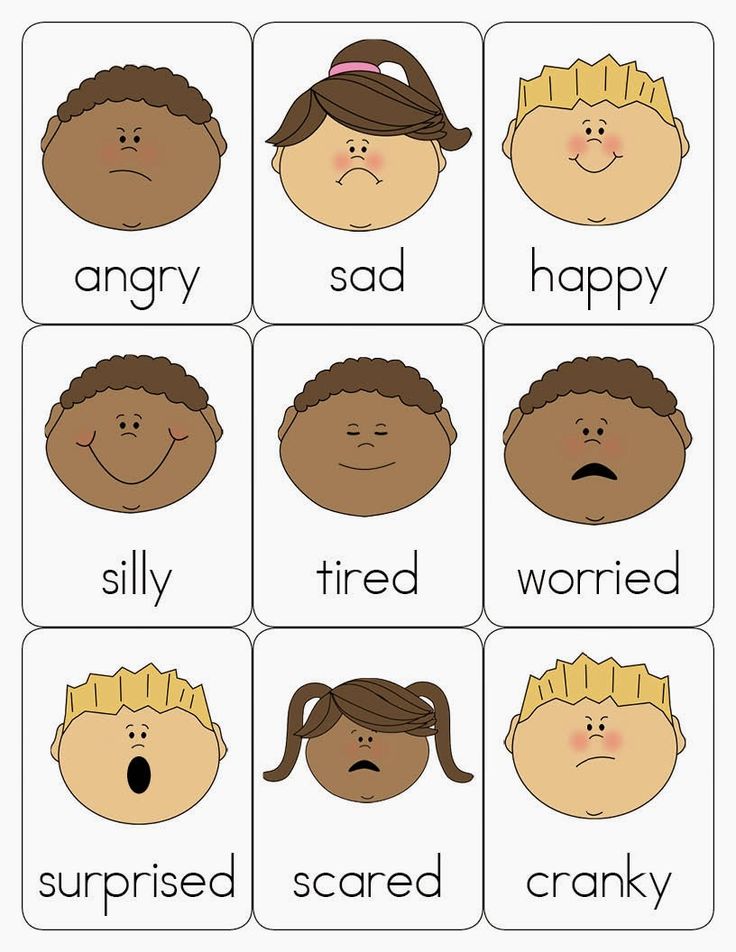 In the classroom, children consolidate the knowledge that they have, learn new material available for their age. The purpose of such classes: the formation of historical consciousness, the revival of the spiritual traditions of Russia, the education of citizenship and patriotism in children. For example, introducing children to the defenders of our Motherland, we strive to instill a desire to be like them, to strive to be strong, resilient, the desire to protect and protect our Motherland. nine0003
In the classroom, children consolidate the knowledge that they have, learn new material available for their age. The purpose of such classes: the formation of historical consciousness, the revival of the spiritual traditions of Russia, the education of citizenship and patriotism in children. For example, introducing children to the defenders of our Motherland, we strive to instill a desire to be like them, to strive to be strong, resilient, the desire to protect and protect our Motherland. nine0003
I conduct targeted walks and excursions with children, the content of such excursions is: observation of ritual moments: laying flowers at the monument, a minute of silence, meeting with participants in wars.
Conversations, reading fiction are aimed at studying the history of the Fatherland and educating patriotism, readiness to defend it, be proud of the military victories of the ancestors.
It has become a tradition every year to lay flowers at the Eternal Flame, at the monument to fallen soldiers.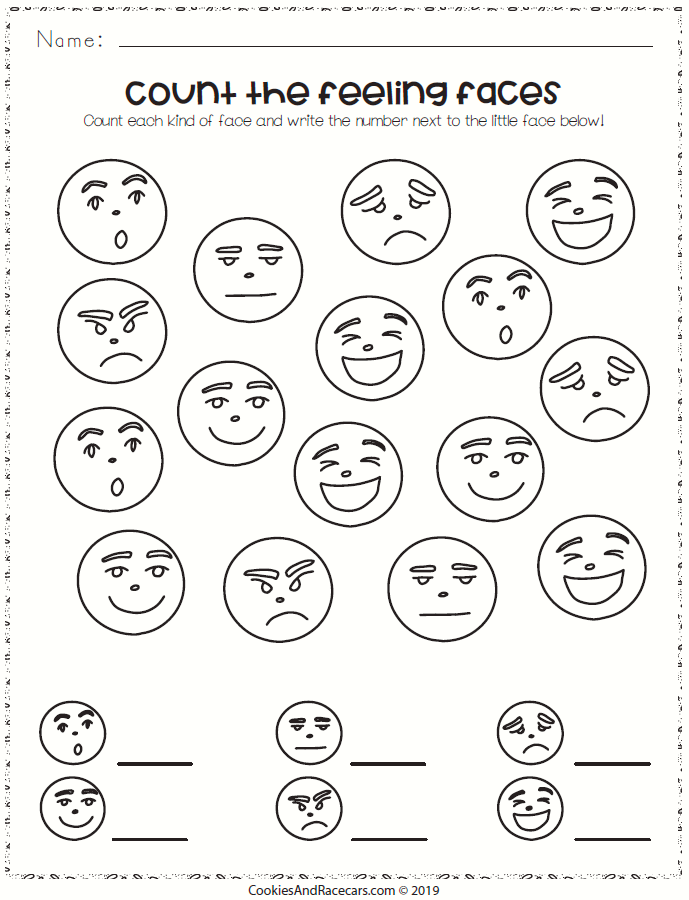 Such forms of work form in children a sense of pride in their people, their army, respect for veterans of the Great Patriotic War, for their country, involvement in its history, love for the family and its traditions. Cause a desire to be like strong, courageous Russian warriors. nine0003
Such forms of work form in children a sense of pride in their people, their army, respect for veterans of the Great Patriotic War, for their country, involvement in its history, love for the family and its traditions. Cause a desire to be like strong, courageous Russian warriors. nine0003
A large place in work belongs to the game, since it is the main activity of a preschooler.
I use games with domestic, labor, social subjects. Dramatization games based on favorite fairy tales, nursery rhymes, using various types of theater: puppet, finger, table, planar.
Didactic games "Russian Souvenir" "Dress a doll in a national costume", "White, red, blue", "State symbols", etc.
Folk games are an integral part of the moral and patriotic education of preschool children. They reflect the way of life of people, their work, way of life, national foundations, ideas of honor, courage, courage, the desire to possess strength, dexterity, endurance, to show ingenuity, endurance, resourcefulness.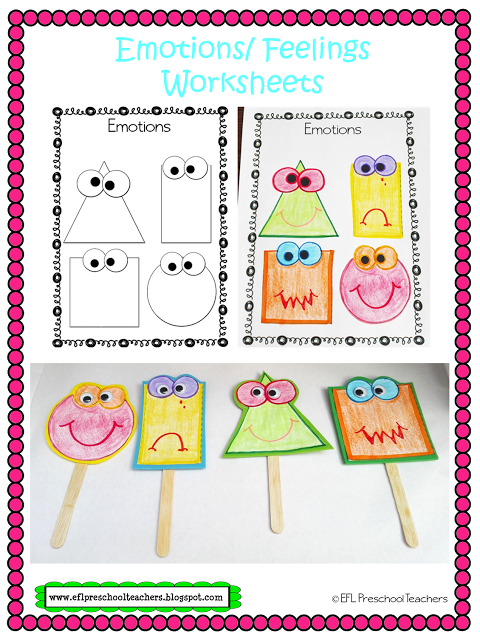 The joy of movement is combined with the spiritual enrichment of children. The peculiarity of folk games is that they, having a moral basis, teach children to find harmony with the world around them. nine0003
The joy of movement is combined with the spiritual enrichment of children. The peculiarity of folk games is that they, having a moral basis, teach children to find harmony with the world around them. nine0003
Children develop a stable, interested, respectful attitude to the culture of their native country, an emotionally positive basis is created for the development of patriotic feelings.
According to the content, folk games are concise, expressive and accessible to the child. They cause active work of thought, contribute to the expansion of horizons, clarify ideas about the world around.
In my work with children on the education of patriotism in children, I use the works of oral folk art, as it is the richest source of cognitive and moral development. nine0003
In proverbs, sayings, fairy tales, epics, different positions in life are accurately assessed, shortcomings are ridiculed, and positive qualities of people are praised.
Folk holidays play a special role in introducing the child to folk culture as a means of expressing the national character.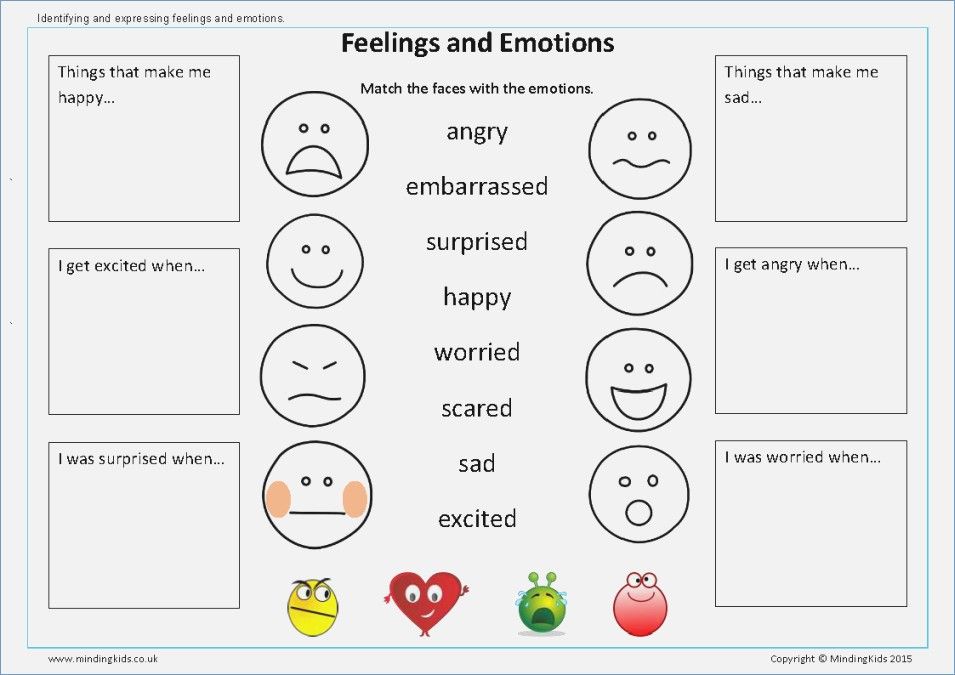
Holidays, with all the rituals related to them, are a source of knowledge of folk wisdom, soul, traditions of the way of life of our people.
We participate with children in folk holidays: Vesnyanka, Maslenitsa, Easter. nine0003
While working on the holiday, children learn a lot about Russian customs and traditions.
When working with parents, I use different forms of work: consultations, folders - movements, conversations, both individual and group, meetings. We organize joint thematic exhibitions of crafts and drawings, holidays and entertainment. On this topic, consultations were selected for parents, a stand was designed.
As a result of the work carried out, children show an active interest in the past and present of their people, their family, hometown, region. They know some information about history, sights, famous people. nine0003
They have an idea about the natural resources of the region.
Show interest in the country in which they live.